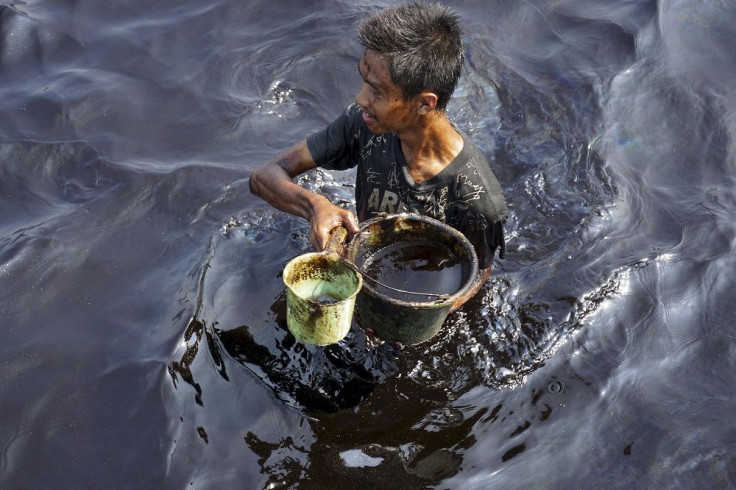Scientists create “row-boat” that thrives on dirty water

A team of scientists have developed a self-charging robot that thrives on dirty water, which could one day be used for environmental clean-ups.
The swimming robot called Row-bot, represents a crucial step in the development of autonomous robots capable of long-term self-power, according to academics at the Bristol Robotics Laboratory (BRL). Most robots available today require re-charging or refuelling, often requiring human involvement, they say.
With the Row-bot project, the team shares that they aim to develop a robot that can operate indefinitely in remote unstructured locations by scavenging its energy from the environment.
When it is hungry, the Row-bot opens its soft robotic mouth and rows forward to fill its microbial fuel cell (MFC)sc stomach with nutrient-rich dirty water. The MFC stomach slowly digests the nutrients, using the bio-degradation of organic matter to generate electricity using bio-inspired mechanisms. Once it has recharged its electrical energy stores, the Row-bot goes off to a new location, ready for another gulp of dirty water.
“We anticipate that the Row-bot will be used in environmental clean-up operations of contaminants, such as oil spills and harmful algal bloom, and in long term autonomous environmental monitoring of hazardous environments, for example those hit by natural and man-made disasters,” says Hemma Philamore, a PhD student.
The prototype robot combines two subsystems: a bioinspired energy source and bio-inspired actuation. The first subsystem shows the power generation capability of the robot. A second duplicate system starts the refuelling process and moves the robot with an energy requirement that is less than the energy generated by the first system. This is achieved by feeding on chemical energy contained in its surrounding fluid to support microbial metabolism inside the MFC.
Mimicking the water boatman’s feeding mechanism, which employs a broad beaklike mouth to sweep in both fluid and suspended particulate matter, the Row-bot feeds its MFC stomach by opening and closing the mouth-like orifice at each end of the MFC through the bending of a flexible acetate envelope structure.
By using both these systems, the robot can be totally independent in water, as long as there is enough available energy in the fluid.
In 2013, a team from Scuola Superiore Sant'Anna's CRIM Labortory in Pisa, Italy has designed a robot that can sweep up rubbish and dirt on the streets and parks. Called DUSTBOT or Networked and Cooperating Robots for Urban Hygiene, the robots could put an end to fixed times for rubbish collection, and improve waste management as they are designed to work in tightly packed urban areas, where large refuse trucks find it difficult to operate.
Contact the writer at feedback@ibtimes.com.au or tell us what you think below.




















